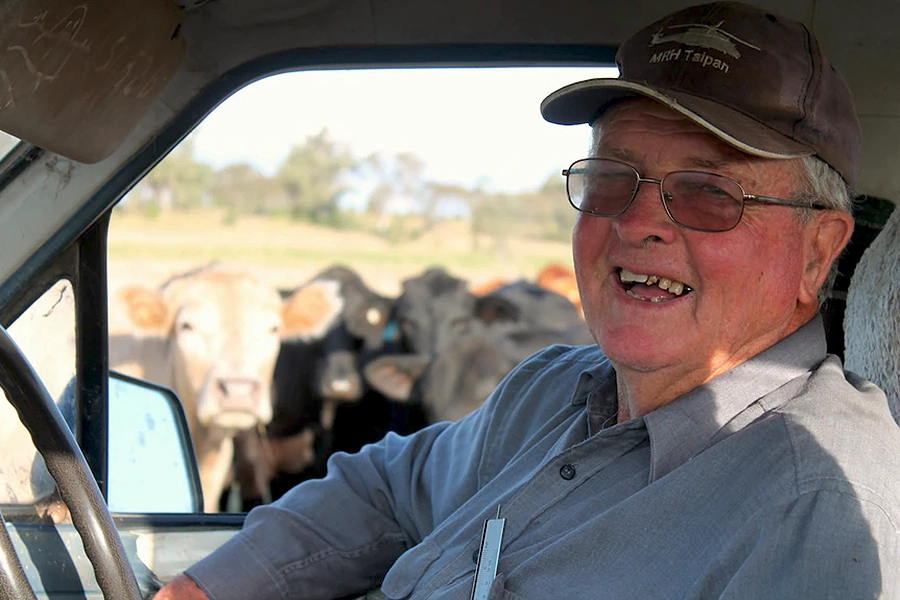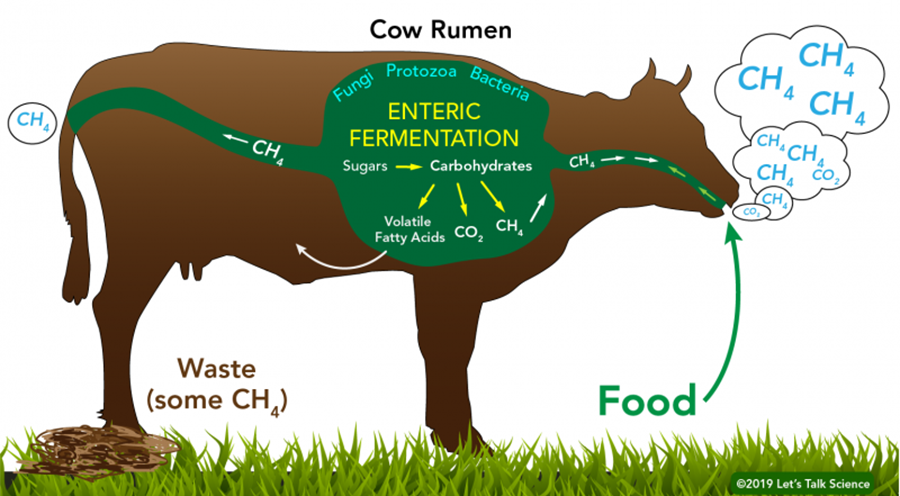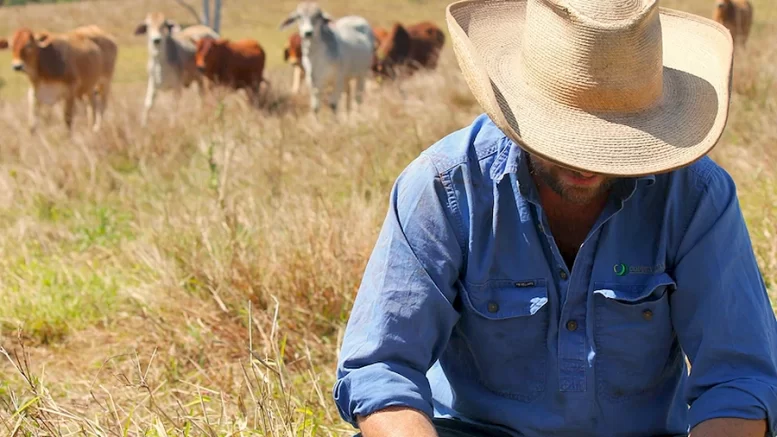Contributed by Joe Montero
When cattle farmer Sid Plant was told by his granddaughter, ‘Pa, I don’t want to be one of the ones that have to sort out the mess you made about climate change,'” he was convinced that he had to act.
“Now, if that’s not enough to push your grandad into doing something, I don’t think anything would,” he says.
Sid happens to be a cattle farmer, and cattle have done a lot of harm to the Australian environment, which is not designed for herd of large, hoofed animals. Forests have ben cut down to make ever more room for pastures and the use of harmful fertilisers. This has caused further damage to the soil.

Sid Plant
Cattle are a significant source of methane, a potent global warming gas.
The reality today is that beef has become an important part of the national diet and is here to stay. This means careful management of the industry is important. This is where Sid and other cattle famers like him come in.
Management involves both land care and cattle diet control. One title that has been used is regenerative farming. Part of this is prevention of over grazing. Another is when to plant. Yet other is needs are what to plant, more efficient use of land, and regeneration of forests and woodlands. The challenge is treating the soil like a living organism that must be kept in a healthy state.
Choosing the right grasses is important. This is also the best way to minimise methane discharge. When this rises, it signals that the cattle are eating what is not so good for them and causing problems with their digestive systems.

Fermentation process in cows
Cattle farmers who are realising all of this are changing their ways. According to a CSIRO analysis, the Australian red meat industry has more than halved its contribution to national emissions between 2005 and 2019, from 22 per cent down to 10.7 per cent. Thy are having an effect.
There is still a long way to go to make the industry emission neutral. The efforts of the farmers trying to be effective must be backed by the government in the form of laws that make it mandatory for all to contribute their part, together with an education and training program. Cattle farming can be made sustainable, contribute to the economy, and provide a livelihood for the thousands who work in it.
Australia has a big diversity of climate and ecosystems. Policies and management must fit each need, and this means they will not be all the same. It means farmers, and state and local government must understand local conditions and act appropriately, and according to local conditions.
Financial assistance to farmers making the change is another must. Without this progress will continue to fall behind the need.
There is no other choice. Inaction or insufficient action resulting in climate change will mean more drought and floods and eventually, the ruin of cattle farming and those who depend on it. Acting now is the sensible course to take.


Be the first to comment on "Some cattle farmers are switching to sustainable practices"